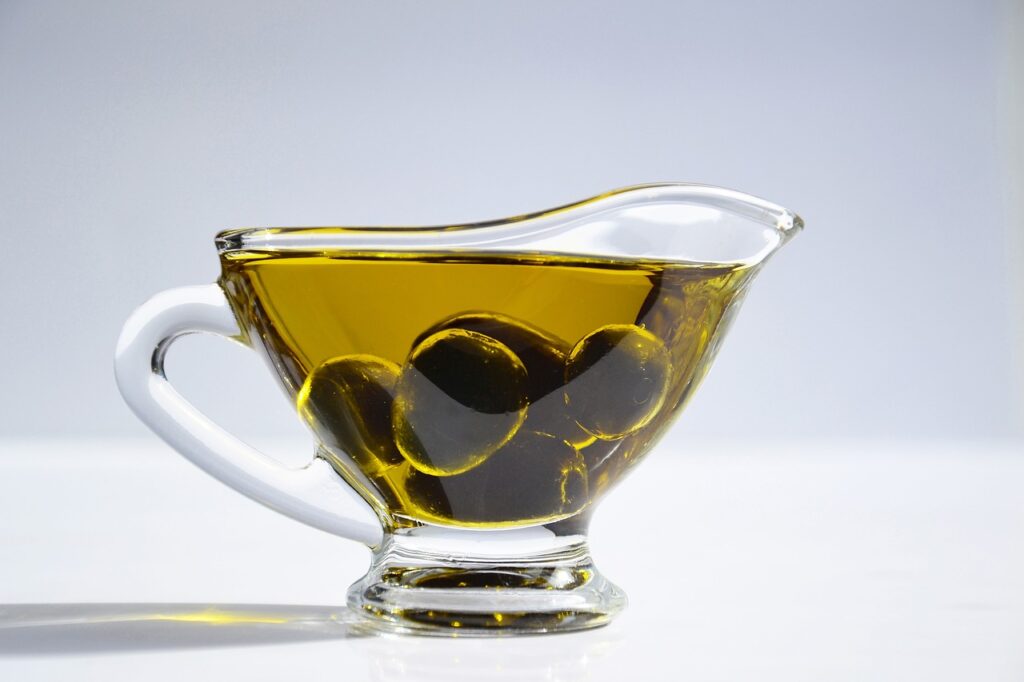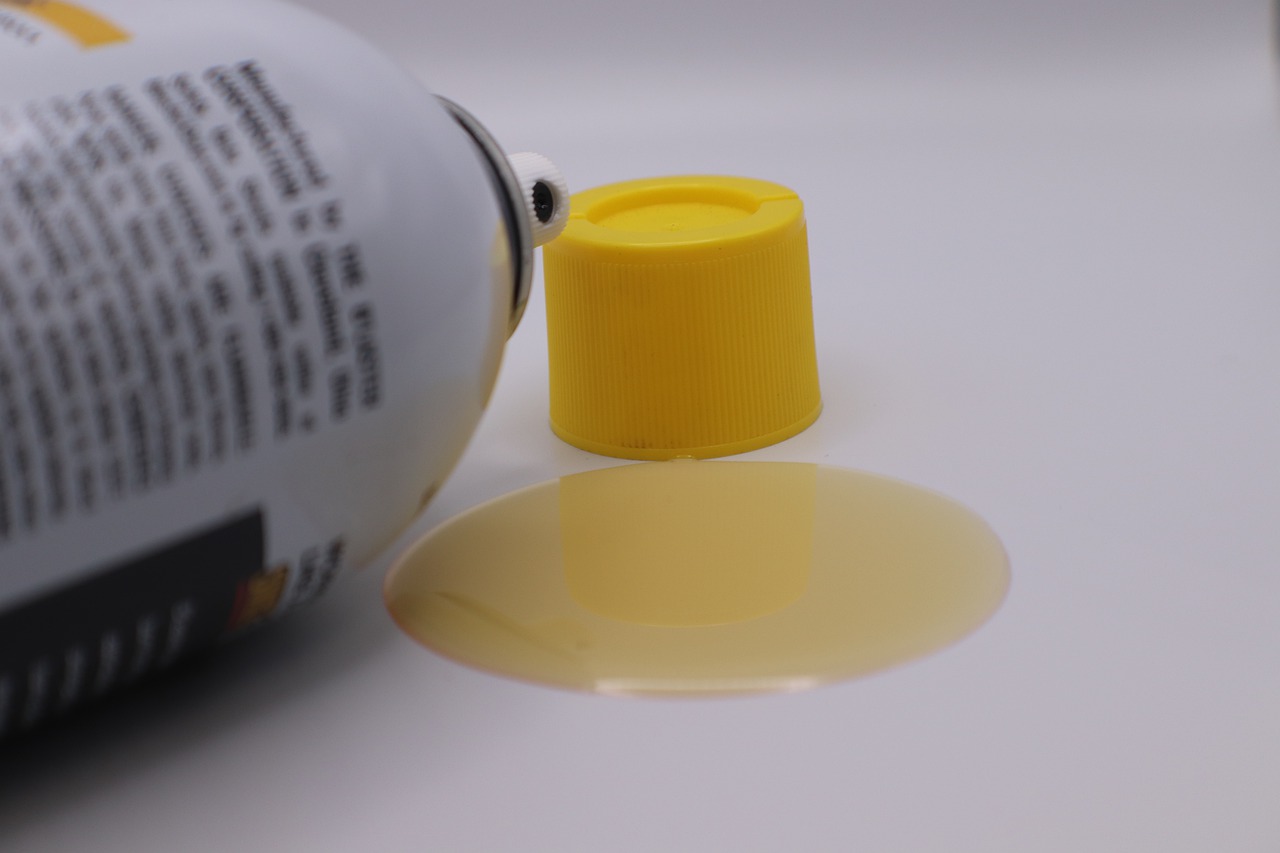Since the 60s, Pam cooking spray has been a beloved cooking companion in many kitchens. It provided a great alternative to butter and traditional cooking oil when it first came out.
It has garnered a remarkable reputation in the culinary world over the years. It is so easy to use and only takes a few seconds to grease pots and pans. It also prevents food from sticking to your cookware.
Pam cooking spray does, however, come with some disadvantages. For instance, it can damage your pots and pans over time. Unfortunately, it also contains more chemicals than your regular cooking oil. These ingredients include soy lecithin, food-nutritional propellant, and more.
Luckily, there are some substitutes for pam cooking spray in this article. So, if you don’t want to use Pam cooking spray in your next dish, here are some substitutes. You can use these substitutes for everything from greasing pans to baking.
4 Best Substitutes for Pam Cooking Spray
1. Parchment Paper
If you enjoy baking and don’t want to use pam cooking spray, you can substitute it with parchment paper. The parchment paper has a thin wax covering on both sides to keep food from sticking to the pan.
The grease-proof nature of parchment paper prevents any oil from passing through. This is ideal for making baking items like cookies. Especially if you don’t want cooking oil grease all over the place after they’ve been baking.
While the non-stick characteristics of parchment paper, ensure that your baked goods do not stick to the baking trays. Plus, your baked goods will easily peel away from the parchment paper.
What’s also remarkable about parchment paper is its heat resistance. It won’t burn in the oven or produce any grease buildup. Unfortunately, parchment paper costs more than Pam cooking spray. It also does not have the same shelf life as Pam cooking spray.
2. Butter
Butter works well as a substitute for Pam cooking spray. It is one of the oldest methods for keeping food from sticking to pans and pots because of its non-stick properties. At room temperature, butter has a hard texture, and it’s made from animal fats.

It has a pleasant aroma and flavor that most people love. Because of its thick consistency, it’s ideal for greasing baking trays. It can be used when roasting vegetables and frying meat since it adds flavor to the food.
This can also be a disadvantage because too much of it can alter the flavor of your food. Butter is also rather high in calories. And burns more quickly at higher temperatures than Pam cooking spray, resulting in grease buildup.
Unfortunately, if you don’t want to get your hands dirty, you’ll have to purchase parchment paper or paper towels. As a result, it is not the most cost-effective substitute.
3. Regular Vegetable Oil
Another excellent substitute for Pam cooking spray is your regular store-bought vegetable oil. It’s essentially a water and oil mixture with certain chemicals put in. You can use regular cooking oil at high temperatures compared to Pam cooking spray. Even better, it comes in various options, including avocado and sunflower oil. It is also more affordable.
The blended composition makes it great for baking and frying. You can also brush it onto a barbecue grill to prevent your steaks from sticking. However, because it is thicker, a little goes a long way. In addition, Pam cooking spray comprises less calories than vegetable oil.
4. Olive Oil
Olive oil is a type of oil derived from olives. It contains Saturated fats and polyunsaturated fats like omega-6 and omega-3 fatty acids. Extra virgin olive oil is one of the most often used types of olive oil because it’s more nutritious.

So, if you’re looking for a healthier substitute for Pam cooking spray, olive oil is a good choice. In fact, it has plenty of health benefits and will not add additional calories to your dish.
You’ll find olive oil in any supermarket. Additionally, only a few drops are required to grease the pan. Furthermore, because of the rich flavor, it can enhance the flavor of your dish.
However, olive oil is a little more expensive than Pam cooking spray. It also burns more quickly, making it unsuitable for high-heat cooking.
